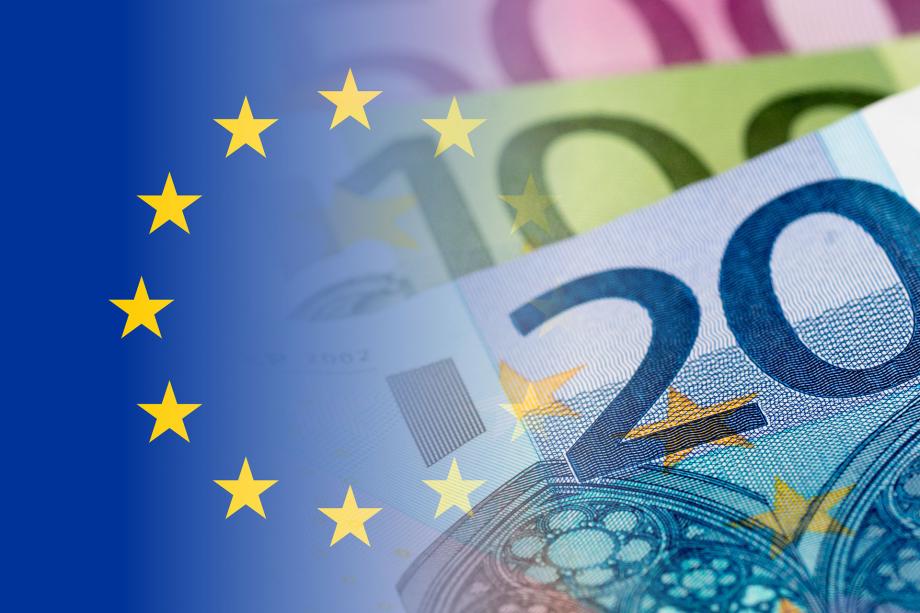Reflections on the EU Taxonomy

The European Parliament (EP) voted on June 6th, 2022, in favor of the inclusion of nuclear and gas power plants in the EU taxonomy as environmentally sustainable. This recognition of the two energy sources as “green” and transitional was broadly supported by the Visegrád Group (V4) governments.
The vote comes amid fierce debate and diverging positions among EU member states. The technical, scientific and political dimensions concerning the suitability of the “sustainable label” for nuclear and gas have all assumed importance as the topic becomes increasingly politicized. While Germany was a key supporter of the inclusion of natural gas in the EU “taxonomy” rulebook, France pressed for the addition of nuclear power on the list. The Russian war against Ukraine, moreover, added a geopolitical element to the debate.
Central and Eastern European (CEE) governments (including the V4), for their part, actively backed the labeling of both energy sources as “green” in the EU taxonomy. And a letter from Ukraine, a country that recently became a candidate state to the European Union, also called for including nuclear and gas in the EU taxonomy to enhance the energy security of Europe. Kyiv has particularly stressed the need to replace Russian gas – nuclear and natural gas power could play an integral role in Ukraine’s post-war reconstruction. Austria and Luxembourg, conversely, threatened to take the Commission to court for including gas and nuclear in the “green” labeled EU investment list. Anti-nuclear demonstrations, furthermore, were held in Strasbourg, and Greenpeace released a report putting a spotlight on efforts by the Russian lobby to promote the inclusion of nuclear and gas in the EU taxonomy. These latest developments potentially threaten to challenge the EU’s prospects of implementing its Green Deal Strategy and its status as a global frontrunner towards meeting climate goals.
It is, nevertheless, pertinent to note that the EU taxonomy started as a complex classification system targeted at labelling those parts of the economy marketable as sustainable investments. Though it refrains from outright banning investments in activities not labelled "green", it limits the companies and investors that can be categorized as climate friendly. This classification scheme ensures that green activities are rendered more visible and attractive.
In October 2021, members of the V4 countries and several other CEE countries signed an open letter defending nuclear energy and advocating its inclusion in the EU taxonomy. The joint letter to the European Commission from the leaders of seven countries – the Czech Republic, France, Hungary, Poland, Romania, Slovakia and Slovenia – espoused the potential benefits of the inclusion of nuclear energy as part of the EU’s climate and energy policy. Fast forward to February 2022 - the European Commission proposed designating these sources with the green label through the Taxonomy Delegated Act that covers nuclear and gas power generation. Despite a motion opposing this inclusion, if the Council declines to object to the CE proposal, the Taxonomy Delegated Act will enter into force and apply as of 1 January 2021.
Sources of electricity in the Visegrád Group states in 2019

Source: https://mdpi-res.com/d_attachment/sustainability/sustainability-13-08826/article_deploy/sustainability-13-08826-v2.pdf?version=1628493510
At the EU level, a unified position on nuclear power has historically proven elusive. Member states have held varied opinions and pursued different approaches toward nuclear energy reflecting distinct national energy trajectories. The V4 members, however, have elected to include nuclear energy in their potential energy mixes despite their different political profiles and energy policies. While Poland and the Czech Republic boast coal as a primary source of energy, for example, Hungary relies merely on natural gas and crude oil. Slovakia, meanwhile, depends on nuclear energy and natural gas.
Poland stands out as the only V4 country where nuclear is currently absent in its energy mix. Warsaw, nevertheless, treats nuclear energy as foundational to its future energy security and plans to build nuclear facilities that will diversify its electricity generation. As indicated by Poland's Energy Policy spanning the period until 2040, commissioning of the first unit (with a capacity of 1-1.6 GW) of its first nuclear power plant is planned for 2033.
Though the short-term impact of the inclusion of nuclear and gas in the EU taxonomy will be limited in the V4, it could incentivize new investments over the medium- and long-term. While the EU taxonomy specifies certain criteria to access private funding, the scheme primarily functions to label assets as “green” rather than constrain access to funding sources. The V4 countries, consequently, can continue deploying gas and nuclear energy as previously dictated in their energy strategies. The financing of new projects, nevertheless, must meet the conditions laid out in the EU taxonomy to enhance the attractiveness of the respective energy projects. The V4 countries would be prudent, in this vein, to mitigate their dependencies on Russian fossil fuels, nuclear technology and uranium and ensure continuous access to capital that supports sustainable economic activities. The Esbjerg Declaration could serve as a model for cooperation within the V4 format in making headway towards a sustainable and green transition.
